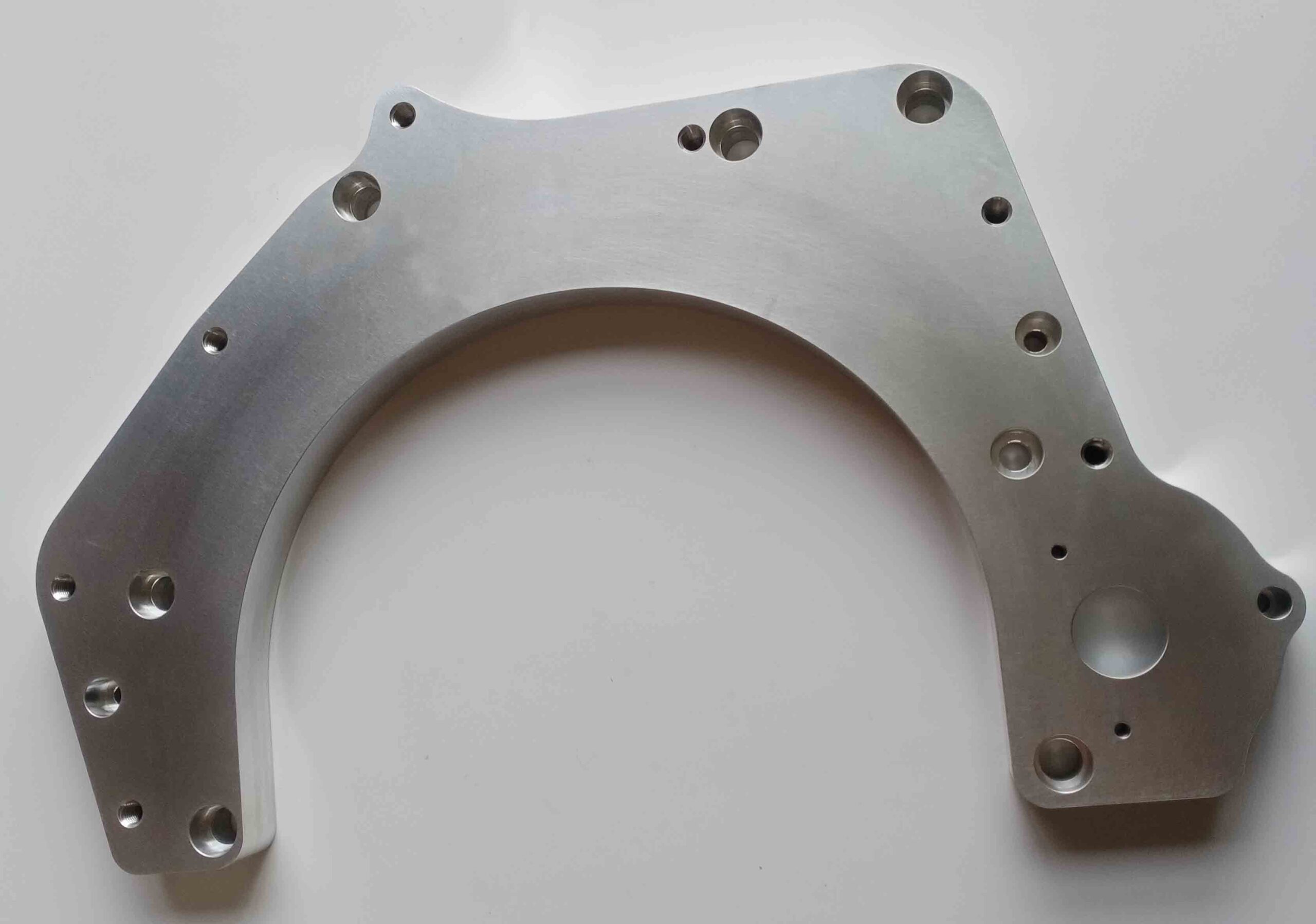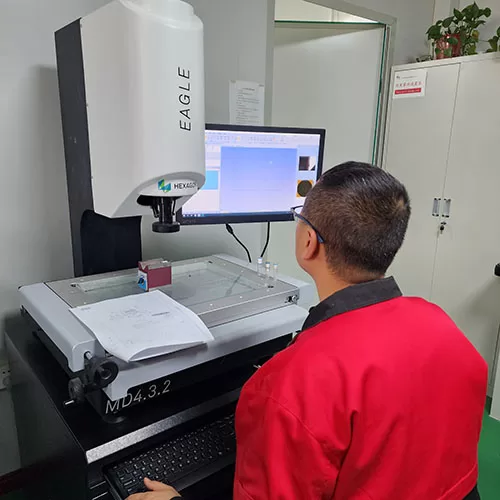Aluminum in CNC machining generally refers to aluminum alloy, not pure aluminum. The aluminum content of pure aluminum is at least 99.0%, and the hardness is not enough, so it is not suitable for CNC machining aluminum parts.

Aluminum alloy is a material that adds a certain amount of other alloying elements based on aluminum, and is one of the light metal materials. In addition to the general characteristics of aluminum, aluminum alloys also have specific characteristics of some alloys due to the different types and quantities of alloying elements added.
There are many types of aluminum alloys that can be used for CNC machining. Here are some commonly used models:
- Aluminum 6061: This is one of the most common aluminum alloys for machining in the 6xxx series. It is also one of the most versatile of all machinable alloys, making it a top choice in CNC machining. It is used to make a wide range of products, including electronic and aircraft parts. Tensile strength: 45,000 psi.
- Aluminum 7075: This alloy has high strength and is very strong, making it suitable for aerospace applications. However, it is also difficult to machine.
- Aluminum 2024: This alloy is weldable, machinable, and has good workability while maintaining high strength. It is appropriate for aerospace applications.
- Aluminum MIC 6: This alloy is known for its excellent dimensional stability and good surface finish. It is often used for tooling and other applications where flatness and stability are important.
- Aluminum 6082: This alloy is known for its good weldability, machinability, and corrosion resistance. It is often used in structural applications.
- Aluminum 2011: This alloy has poor weldability and corrosion resistance but has outstanding machinability and a high mechanical strength alloy. It is often utilized in commercial products.
Different aluminum alloys have different properties, and the choice of alloy depends on the specific requirements of the part or prototype being produced. It is important to choose the right aluminum alloy for the job to ensure the best results.
Our company provides OEM CNC machining aluminum parts services, customizing various aluminum alloy non-standard parts through our CNC machines.

